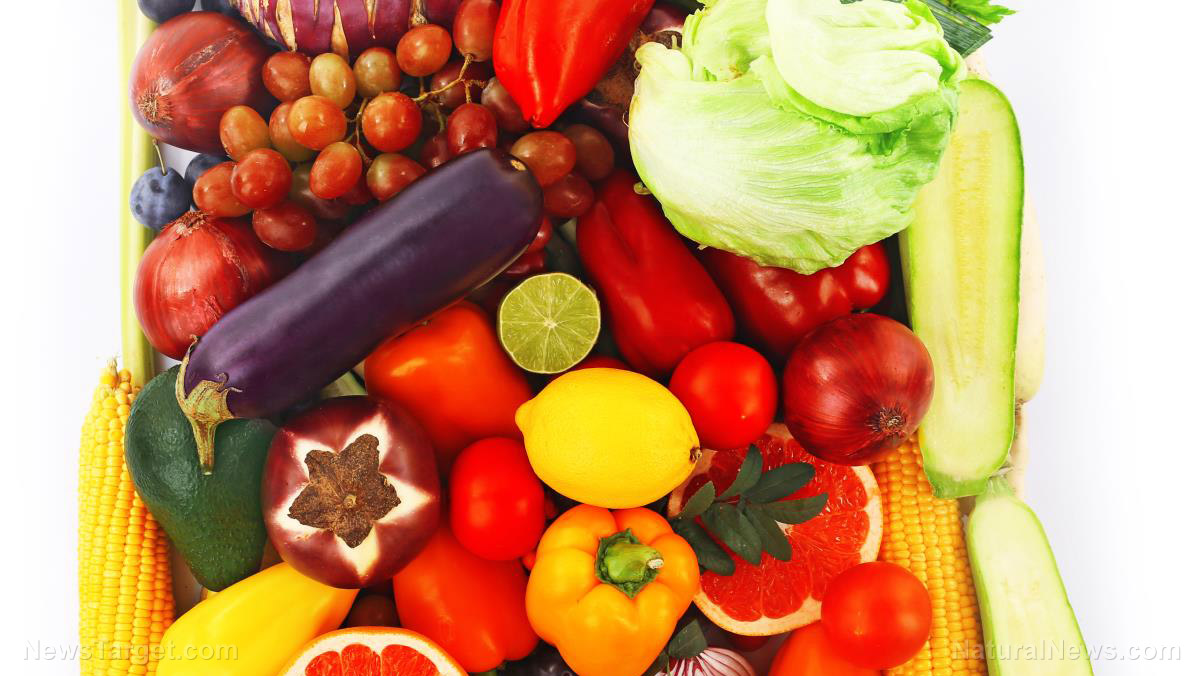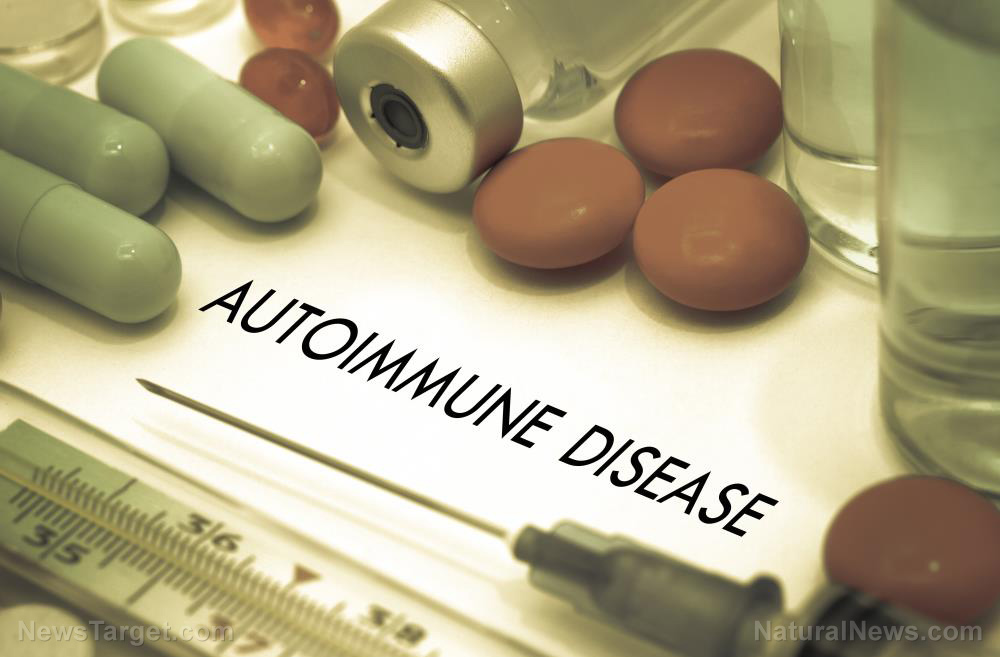
The team used the data from the E3N study, which was comprised of around 100,000 French female participants born from 1925 to 1950, and were followed from 1990. The Inserm team followed more than 60,000 women who did not have diabetes and cardiovascular disease from 1993 to 2008. The participants answered a questionnaire about their diet at the start of the study, elaborating on at least 200 different food items. The Inserm research team calculated a score for total dietary antioxidant capacity for every participant using the data and an Italian database that provided information on the antioxidant capacity of a huge number of different foods. After that, the team looked at the links between this score and the risk of diabetes prevalence during the follow-up period.
The results revealed that an increase in antioxidant consumption of up to 15 millimoles per day (mmol/day) reduced the risk of developing diabetes; however, the effect reached a plateau in much higher levels. This level of dietary antioxidants could be done by consuming foods rich in antioxidants, such as fruits like blueberries and strawberries, nuts like walnuts and hazelnuts, dark chocolate, tea, and prunes.
In addition, the findings of the study showed that the participants who had the highest antioxidant scores had a decreased risk in diabetes of 27 percent in comparison to those with the lowest scores. Fruits and vegetables, tea, and red wine were the foods and drinks that primarily led to a high dietary antioxidant score.
“This link persists after taking into account all the other principal diabetes risk factors: smoking, education level, hypertension, high cholesterol levels, family history of diabetes and, above all, BMI, the most important factor,” explained Francesca Romana Mancini, the initial author of the study.
However, the researchers did not include coffee from the observation even though it contains high antioxidant levels. This is because the antioxidants in coffee have already been proven to decrease the risk of type 2 diabetes, and might cover the outcomes of antioxidants from the other sources.
“This work complements our current knowledge of the effect of isolated foods and nutrients, and provides a more comprehensive view of the relationship between food and type 2 diabetes,” said Guy Fagherazi, the lead researcher of the E3N study.
In conclusion, Mancini explained that antioxidants fight the effect of free radicals that damage the cells in general, but specifically, antioxidants can also have particular effects, like its effect on the sensitivity of cells to insulin. However, she also noted that further research is needed to prove this.
The findings of the study was published in the journal Diabetologia of the European Association for the Study of Diabetes (EASD).
Other ways to lower the chance of developing type 2 diabetes
Aside from increasing the consumption of foods rich in antioxidants, there are other ways on how to reduce the risk of type 2 diabetes, according to the National Institutes of Health.
-
Maintain a healthy body weight – Diabetes may be delayed or prevented by maintaining a healthy weight. Reducing around 10 to 14 percent of your weight may help if your weight is 200 pounds.
-
Be physically active – Having at least 30 minutes of physical activity five days per week will help reduce the risk of diabetes.
-
Eat healthily – Eating smaller portions will help lower the amount of calorie intake and will help you lose weight. Moreover, pick foods that are low in fat and drink water instead of sugary drinks.
Read more studies about diabetes and its prevention at DiabetesScienceNews.com.
Sources include:
Please contact us for more information.























